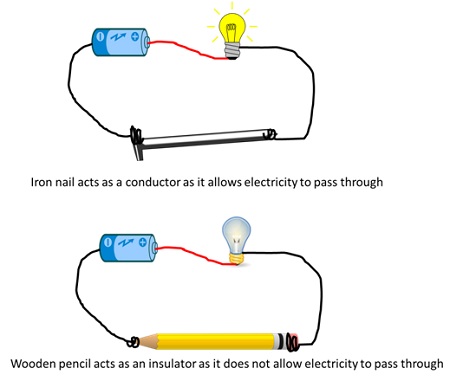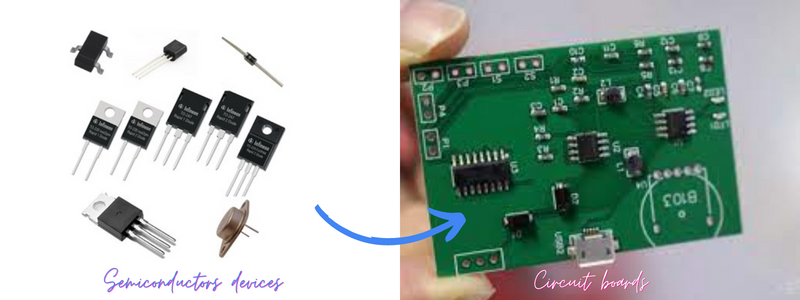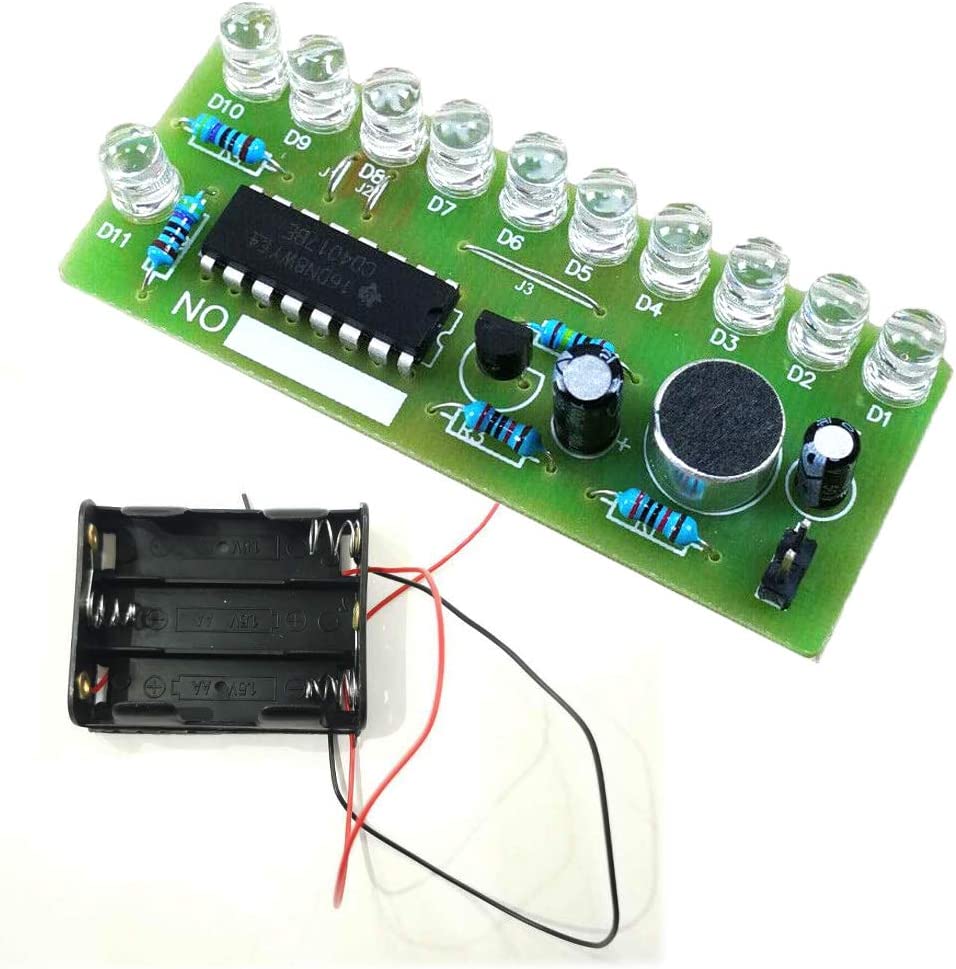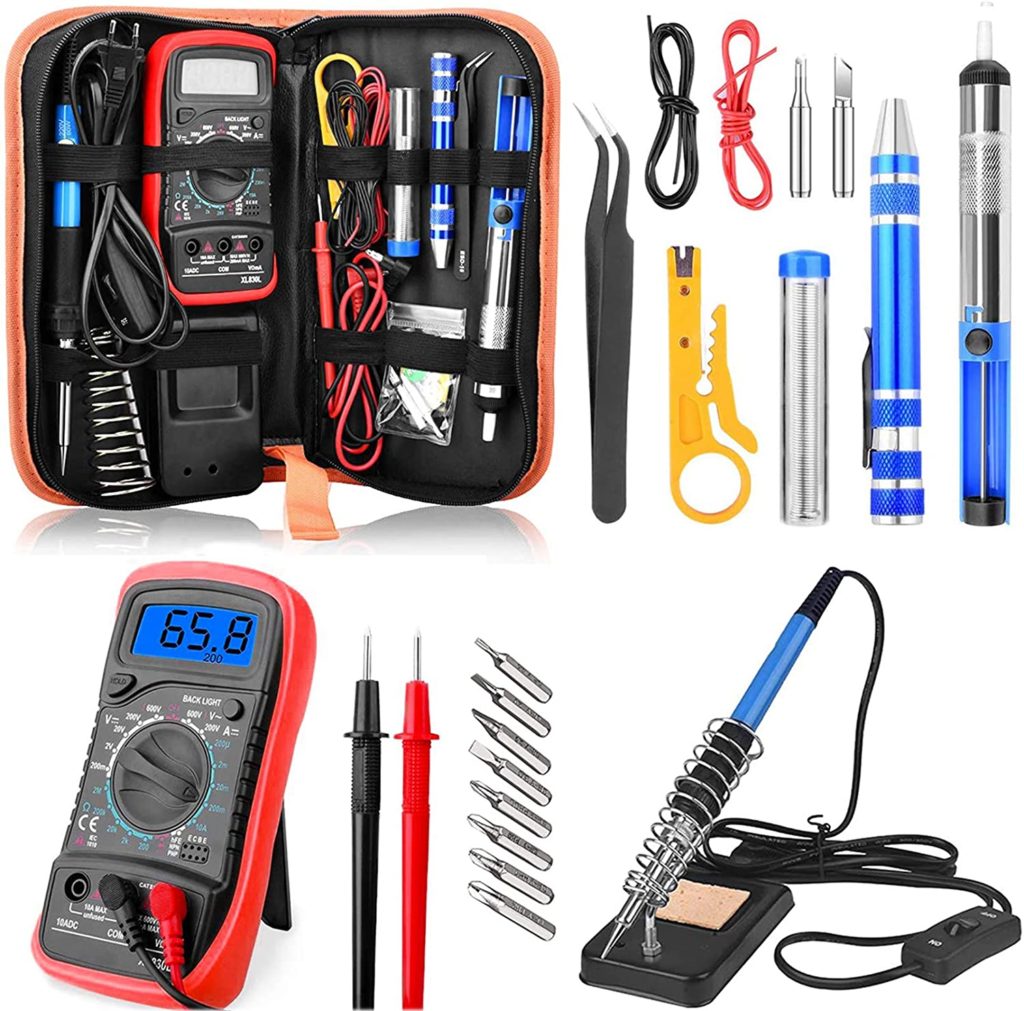The answer to the question, of where do I start with electronics, may not be straightforward. But starting with the basics of electronics is something we all will agree on.
Basics of electronics will introduce you to the various concepts of electronics. From this point onward you will have a clear vision of what specific area you want to master. Just don’t worry! If you don’t have any prior understanding or think electronics is a hard subject to get into. Let me assure you no matter where you start learning electronics, no matter who you are, you will find a path for yourself.
In this article, I will share my opinion on where to start with electronics most effectively. This would purely be my experience-based opinion.
What is electronics?
I think to fairly answer this question we need to first know what is electronics itself. People think they know what electronics is but when it comes to the exact definition they lack clarity.
Basically, to understand electronics first remind yourself that everything is made of atoms. These atoms have subatomic particles called electrons, protons, and neutrons. These subatomic particles are charged particles and are equal in number but opposite in charge nature.
For this article, we are interested in electrons. As you can see the word electronics resembles the word electrons.
Electrons are negative by nature and can flow through some materials easily (called the conductors) but can’t flow easily through other materials called the semiconductors.

When electrons cannot flow through materials at all we call such materials the insulators.
So now you can guess that the flow of electrons is so important. If there was no flow of these electrons there would be no electricity and no modern today world as we are currently living in.
Now, electronics is the branch of science (physics) in which we study the flow of charges (electrons) through semiconductor devices.
Following are examples of semiconductor devices:

We use these semiconductor devices to make useful electronic circuits that can be seen in any electronic product.
So you have a clear idea of what electronics is all about roughly. It is the study of semiconductors to make useful circuit boards and systems to solve problems for humans or industry.
I guess it would be the right time to answer, where do I start with electronics? let’s get started.
Start with electronics as a complete beginner
The first step is to start learning about electronics basics. By basics, I mean to learn the basics of electronic terminologies and concepts.
Start with a book that you enjoy. I recommend the following book. But I suggest you look for books, read it content page, and see if it resonates or not.
Why I am saying this because there are tons of books out there for complete beginners. It is up to you what you enjoy reading. Let me assure you no matter what book you choose you will learn the basics.
To summarize the basics of electronics that you will need to get started with electronics for beginners are as follows: I am sharing this so that you know that it is way simpler than you think.
Step 1: Understanding electronics & its definition
Of course, the first step to learning any subject is to learn the definition of it.
Though it is a good way to start a subject I think that in the case of electronics, a student needs a revision of some high school basic definition first.
A student must learn the basic theory of the atom and subatomic particles. Then he should have a basic understanding of various types of matter i.e., conductors, semiconductors, and insulators.
After a student spends some time learning the above definition he should be able to finally understand the definition of electronics. Let me try to define electronics in the simplest possible way here.
The field of physics which deals with the study of flow and behavior of electrons (a negative charged subatomic particle) through semiconductors is called electronics.
Now, you can see that I use the words subatomic, negative charge, electrons, and semiconductors to properly define electronics.
If you are that very complete beginner person then spend a little time learning those high-school definitions first.
Step 2: Have a look at electronics sub-fields
Electronics are everywhere and are being applied in all different fields. Even the device you are reading this boring and extremely well-written post is an electronic device.
So let’s see some interesting branches and sub-fields of electronics.
I strongly suggest you spend a lot of time studying and exploring the below fields before you make any firm decision.
The following are the few fields in electronics:
- Robotics and intelligent machines (Artificial Intelligence)
- Power Electronics
- Analog electronics
- Digital Electronics
- Instrumentation and industrial electronics
- Embedded electronics systems
Step 3: Knowing the fundamental terms of electronics
Basic terms are like the ABC of electronics. Just like without ABC, you can’t make a word or a sentence in English.
Similarly, without basic electronic terms, you cannot understand any concepts in electronics.
So, please try to learn these basic terms with full dedication as they will lay the foundation for your future success in the electronics profession.
It is not good and efficient for me to start talking about each term here and make you hate me for making a long boring article.
I will just give you a list of what I mean by basic electronics terms. And you can learn them from any book of your choice.
- Electric Charge
- Electricity
- What is Current (Ampere, A)
- Concept of Voltage (Volts, V)
- Product of Voltage & Current – the concept of Power (Watt, W)
- Relation of Voltage & Current – The Ohm’s Law
- Resistance
- AC & DC
The above are a few basic terms that in my opinion. Of course, there are more than this, but I don’t want to scare you.
Step 4: Fundamental electronics components
All electronics components are made of semiconductor materials i.e. mostly Silicon (Si) and Germanium (Ge).
Electronics is the study of the flow and behavior of electrons through semiconductor materials and these electronic components are made of semiconductors. That is why they are called electronic components.

Following are the must-haves to understand electronics components if you want to get your hands dirty with basic electronics circuits as fast as possible.
- Resistor
- Capacitor
- Diodes
- LEDs
- Transistors
The above components are very basic.
As you will continue your journey in electronics you will encounter much more complicated electronics components as well.
Step 5: Putting components together – Introduction to circuits
So, we learn about the basic electronics terms and components.
Now what we need to do is to start doing experiments. Like if you have the building blocks and the knowledge the only step remaining is to try to join these blocks together and see what happens.
And believe me, joining these electronic components together is fun.
But when you connect in the proper way we end up with useful and working electronic circuits.
Circuits are nothing but the proper combination of various electronics components.
Electronic circuits are one of the core parts of any device these days.

Ok. So when it comes to electronic circuits there are a few basic concepts that you must know before working and designing any of your circuits. There are a few and are the following.
- Open Circuit
- Short Circuit
- Parallel Circuit
- Series Circuit
The above terms related to circuits are used all the time. So please spare a decent amount of time studying these concepts.
Step 6: Fundamental lab measurements tools & devices
So, we talked about the circuit above.
Let me tell you electronic circuits are fun to design and make. But to make it physically you need to have tools in your lab.
The other important thing in electronics is measurements.
You have heard me talking about currents, voltages, and resistance.
The big question is how you can measure them. For an electronic circuit to work properly, we need to provide it with the proper voltage and current levels.
And how we get to know these proper voltages and current levels. The answer is simple, by using electronic measuring tools.

Following are some fundamental tools a beginner must have in his small before getting started with electronics.
- Power Supply
- Breadboard
- Multimeter
- Oscilloscope
- Soldering station
- Desoldering station
Conclusion
The answer to the question, where do I start with electronics, is simple. Start with learning some basics of electronics. To do so you can start by reading a book geared for beginners.
After learning some core basics of electronics. It is time to get your hands dirty with some electronics projects. Because practice is the key to mastering electronics.
The best to start practicing is by doing some amazing soldering practice kits. These kits will boost your confidence, and you will have a much deeper understanding of core electronics concepts.
The following article may help you get some beginner-level practice kits:
So that is it. That I have to share with you about where I start with electronics.
Thank you and have a grateful life.
